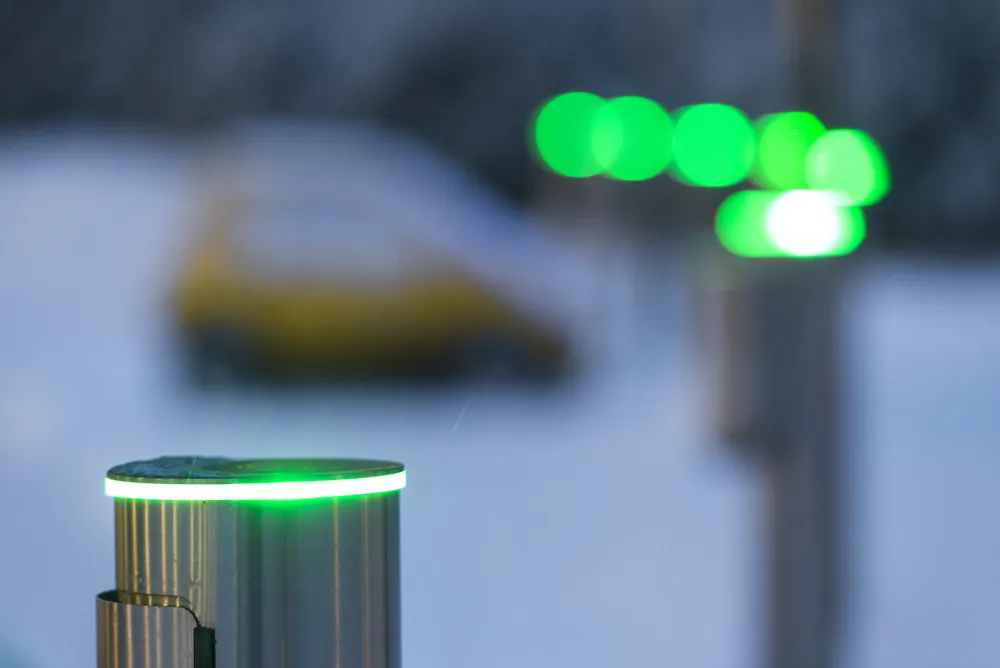
Sitting in traffic is top of the list of many commuters’ pet hates: a necessary evil, perhaps. But at least it doesn’t kill you - the same can’t be said of toxins in the air. Indeed, the World Health Organisation estimates that 4.2 million deaths worldwide are due to outdoor pollution.
Dynniq is not explicitly promoting its FlowSense product – which connects roadside infrastructure and road users in the cloud - as the answer to this deadly problem, but it may have a place as authorities all over the world ponder their response to an increasing preoccupation.
Peter Broekroelofs, chief design officer at Dynniq explains: “FlowSense is a service architecture, a provider of smart mobility controls such as traffic light controls and so on. It’s a platform for authorities – particularly city governments – to manage mobility services and for business-to-business logistics providers to use mobility services. These two sides of the coin come together in the platform. FlowSense also provides a platform for the co-creation and deployment of data services.”
Intelligent interaction
The idea is that it helps agencies interact more intelligently with the traffic in their area, which will in turn help alleviate congestion, improve safety and reduce accidents. But Broekroelofs believes the increasing sophistication of Internet of Things (IoT) devices, coupled with a central data system, will open the way for more predictive activity which could be of great benefit to the health of citizens – for instance through virtual emissions monitoring. “We can monitor emissions by putting a lot of data from
loops in the road and so on into an algorithm,” he goes on. “We can predict emissions, giving cities an idea of what times and what places are worst affected.” The algorithm to do this is part of the FlowSense architecture, which means that authorities “can be looking at anomalies and taking action on anomalies”.
FlowSense architecture is currently providing signal priority at 11 intersections of the N470 in the Netherlands in a bid to help improve travel times. “Knowing information from cars is very useful for cities, particularly having more information on cars at intersections,” he adds.
The 15km road has solar-powered traffic lights and lights on its surface, with other products and services including a DC-microgrid, energy wall with integrated solar panels, DC-powered energy-neutral smart public lighting system, traffic emissions monitoring and an energy-reducing traffic control system.
There is interest in FlowSense from countries such as Belgium and Finland, Broekroelofs points out. In Copenhagen, the company has been involved in the C-mobile project, and FlowSense is also deployed behind the GreenFlow priority traffic lights for trucks, as part of the Dutch government’s Talking Traffic initiative. “We’re in talks with logistics companies,” he explains. “The Netherlands is a bit further ahead than other countries.”
Truck priority
Lots of ITS companies have well-established technology for traffic control on the market. Pressed to explain why FlowSense is different, Broekroelofs says: “There aren’t many solutions in the market developing priority for trucks, including convoys - although not yet platoons.”
The G5 protocol has been adopted by infrastructure players such as Dynniq. There is no need for 5G with FlowSense because 4G’s smaller bandwidth is adequate, he suggests. “For smart mobility services, 4G is enough at the moment. Positioning would be better with GPS and all of our research at intersections shows that G5 would also be very useful. 5G will take over in the longer term but at intersections in big cities, G5 could be good.”
5G is a “timing issue”, he smiles. “It’s not there yet – but when more vehicles are capable of communicating with G5 it will be better.”
As well as drivers of cars and trucks, cyclists will also be able to use the FlowSense app. “Priority services are definitely interesting,” he says. “Public transport priority is there in many countries.”
Making mobility easier for those on two wheels as well as other vulnerable road users such as pedestrians is also on the agenda for many local and urban authorities. “We’ve done it in the Netherlands, creating lengthy green lights for the elderly and disabled, for example,” Broekroelofs concludes. “It depends on the country, and their focus.”










